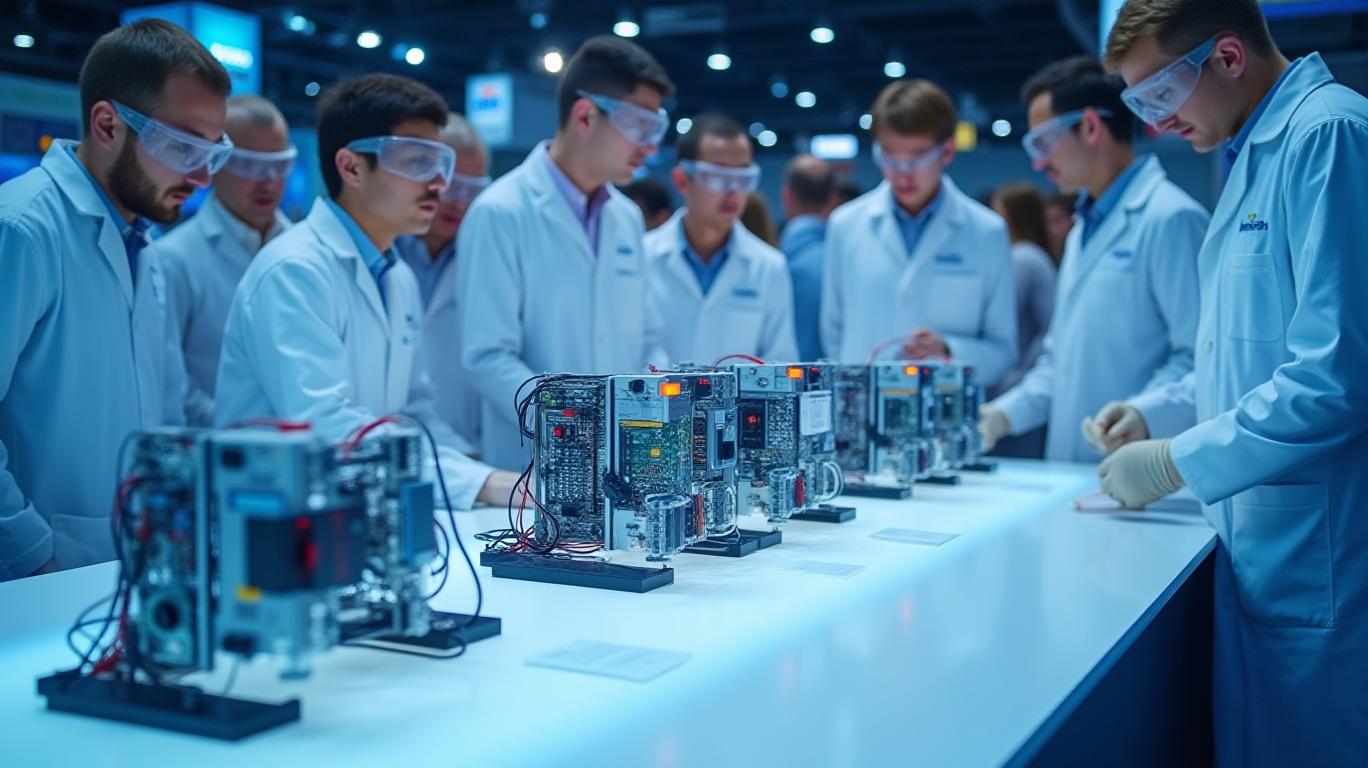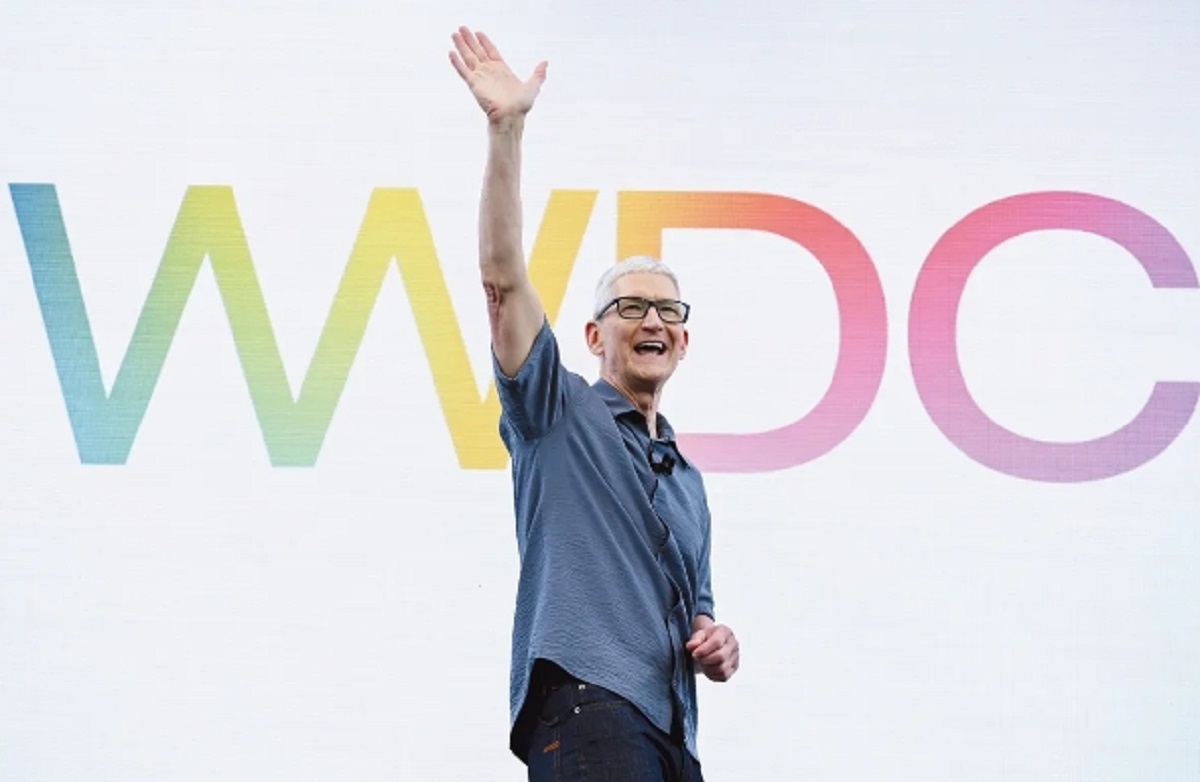InTest Navigates Semiconductor Headwinds in Q1 2025 with Diversified Growth Strategies
InTest Corporation (NASDAQ: NTST) reported first-quarter 2025 results that underscored both the challenges of a volatile semiconductor market and the resilience of its diversified strategy. Revenue totaled $26.6 million, with a 41.5% gross margin, reflecting a complex quarter marked by sector-specific headwinds and strategic shifts. While the semiconductor segment struggled, growth in automotive/EV, industrial, and life sciences markets provided a lifeline, while cost controls and geographic expansion plans signaled long-term resolve.

Financial Highlights: A Mixed Quarter
InTest’s Q1 2025 revenue of $26.6 million aligns with the lower end of its guidance range of $27–$29 million. Gross margin of 41.5% was slightly below the prior quarter’s 41.7% but improved sequentially from Q4 2024’s 39.7%, driven by cost reductions and operational efficiencies. However, the semiconductor segment, which once accounted for over half its revenue, saw a dramatic 39.9% year-over-year decline to $8.995 million, contributing to an overall revenue drop of $3.2 million compared to Q1 2024.
Semiconductor Sector Struggles
The semiconductor downturn was the quarter’s standout challenge. Orders in this segment fell 38.4% sequentially to $9.64 million, with front-end demand described as “low” due to lingering trade policy uncertainty and delayed customer spending. Management noted that geopolitical tensions, particularly around tariffs, had stalled capital investments in semiconductor manufacturing.
The backlog in semiconductor orders dropped to $38.2 million, a 31.1% year-over-year decline, with 48% expected to ship beyond Q2 2025. This suggests pent-up demand but also highlights the fragility of current market conditions.
Growth in Diversified Markets
While semiconductor lagged, other segments thrived:
- Automotive/EV: Revenue rose 50.6% year-over-year to $5.96 million, fueled by Alfamation’s integration and orders for induction heating technology. Sequentially, however, revenue fell 50%, reflecting seasonal demand patterns.
- Industrial: Orders surged 47.1% YoY to $4.55 million, supported by large industrial projects.
- Life Sciences: Revenue jumped 76.5% YoY to $1.23 million, signaling new opportunities in healthcare testing solutions.
These segments now account for ~40% of total revenue, up from ~30% in 2024, demonstrating progress in reducing reliance on semiconductors.
Strategic Moves to Counter Volatility
- Geographic Expansion: InTest plans to establish a manufacturing hub in Malaysia by late 2025 to better serve Asian markets, reducing reliance on U.S.-centric supply chains.
- Cost Discipline: Restructuring costs of $0.3 million and austerity measures, including headcount reductions, aim to offset margin pressures.
- Product Innovation: New product launches, such as advanced semiconductor testing tools and EV battery thermal management systems, target high-growth niches.
Outlook and Risks
Management projects Q2 2025 revenue of $27–$29 million, with gross margin improving to ~42%. While cautious on near-term semiconductor demand, the company remains optimistic about macro trends like reshoring, AI-driven automation, and defense spending.
Key risks include:
- Trade Policy Uncertainty: Ongoing U.S.-China tensions could further delay semiconductor capital spending.
- Backlog Execution: Only 52% of the semiconductor backlog is expected to ship in Q2 2025, requiring demand stability to avoid further delays.
Date | Business Composition | Revenue By Business |
|---|---|---|
| 20230101-2025 | Corporate & Other | 0 |
| 20230101-2025 | Intest Thermal Solutions | 51.33M |
| 20230101-2025 | Intest Thermal Solutions | 36.54M |
| 20230101-2025 | Intest Thermal Solutions | 18.71M |
| 20230101-2025 | Intest Electromechanical Semiconductor Products | 11.12M |
| 20230101-2025 | Intest Thermal Solutions | 18.71M |
| 20230101-2025 | Intest Thermal Solutions | 82.29M |
| 20230101-2025 | Intest Thermal Solutions | 82.29M |
| 20230101-2025 | Intest Electromechanical Semiconductor Products | 41.02M |
| 20230101-2025 | Intest Thermal Solutions | 43.11M |
| 20230101-2025 | Intest Thermal Solutions | 43.11M |
| 20230101-2025 | Intest Electromechanical Semiconductor Products | 21.36M |
| 20230101-2025 | Intest Thermal Solutions | 21.55M |
| 20230101-2025 | Intest Thermal Solutions | 21.55M |
| 20230101-2025 | Intest Electromechanical Semiconductor Products | 10.37M |
Name |
|---|
| IntestINTT |
| IntestINTT |
| IntestINTT |
| IntestINTT |
| IntestINTT |
| IntestINTT |
| IntestINTT |
| IntestINTT |
| IntestINTT |
| IntestINTT |
| IntestINTT |
| IntestINTT |
| IntestINTT |
| IntestINTT |
| IntestINTT |
Conclusion: A Resilient Play in a Volatile Market
InTest’s Q1 2025 results reveal both vulnerability and adaptability. While the semiconductor segment’s struggles are concerning, the company’s diversified revenue streams, geographic expansion plans, and operational cost controls position it to weather current headwinds.
Investors should note:
- Strengths:
- Automotive/EV and industrial growth: Automotive revenue’s 50% YoY jump and industrial’s 47% order growth highlight strong demand for its thermal management solutions.
- Strong cash flow: $22 million in cash at quarter-end and a reduced debt load ($15 million) provide liquidity buffers.
- Weaknesses:
- Semiconductor dependency: Despite diversification, semi still accounts for nearly a third of revenue. Recovery here is critical to restoring growth.
- Backlog execution risk: The $38.2 million backlog must convert to sales for confidence in future quarters.
For now, InTest appears to be navigating choppy waters with a pragmatic strategy. While near-term results may lag, its long-term focus on innovation and market diversification aligns with structural trends in AI, EVs, and defense—a recipe for resilience in an uncertain macro environment.
Investors seeking exposure to advanced manufacturing and testing solutions may find InTest a compelling bet, provided they can tolerate short-term volatility. The stock’s current valuation—trading at 7.2x trailing EBITDA—suggests limited downside, while long-term catalysts like the Malaysia expansion offer upside potential.
Stay tuned for Q2 results to gauge whether semiconductor demand stabilizes or the downturn deepens.










